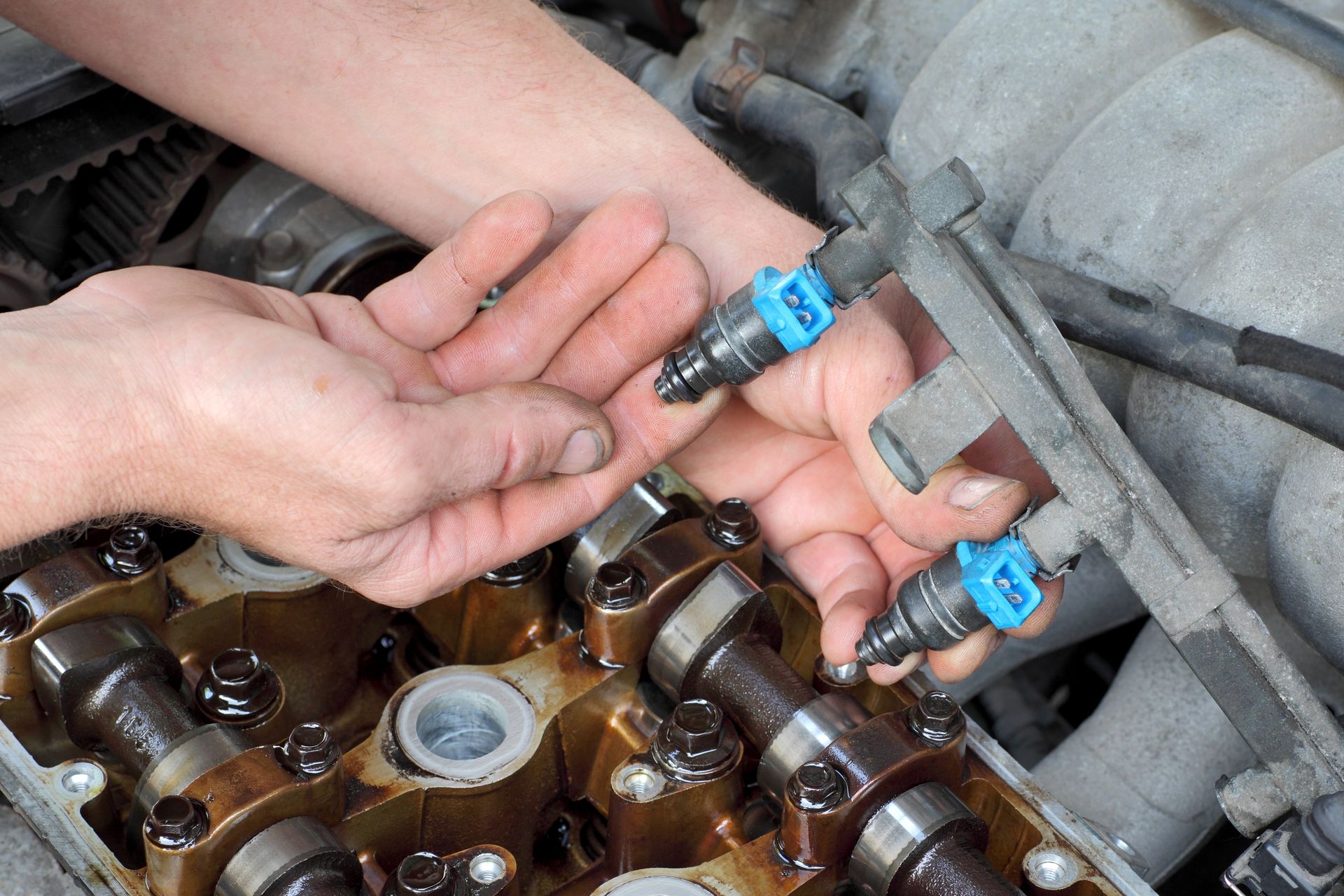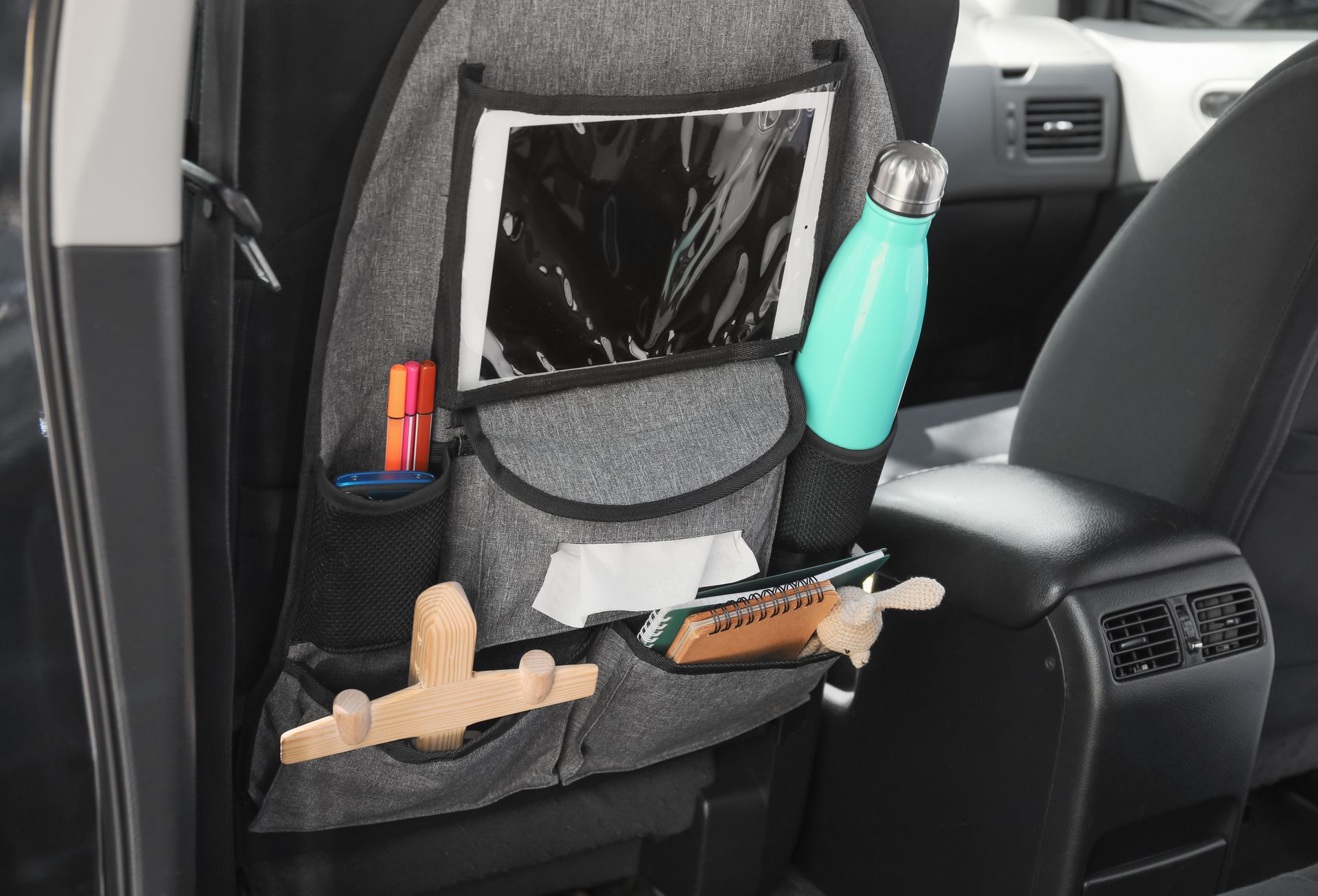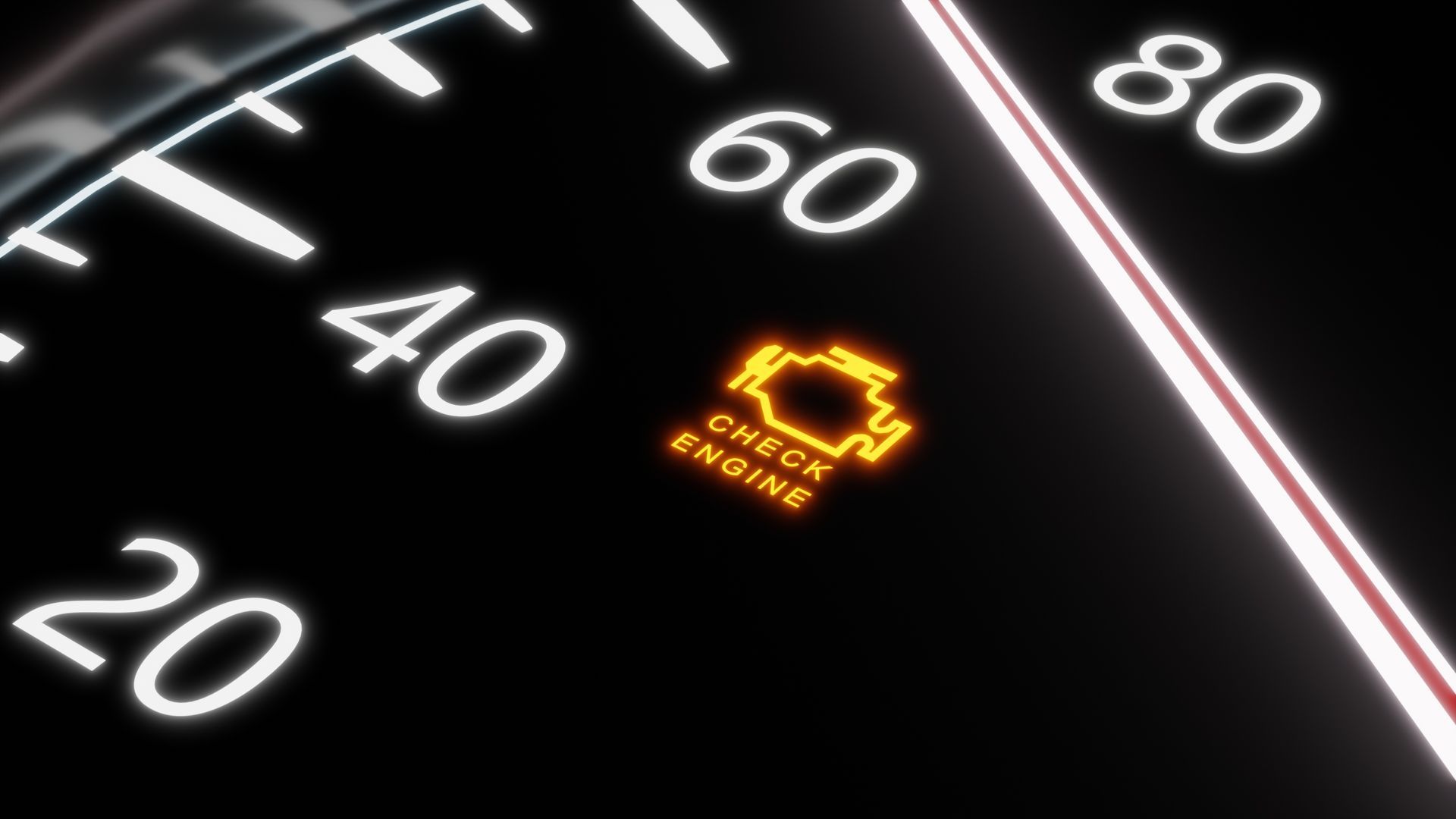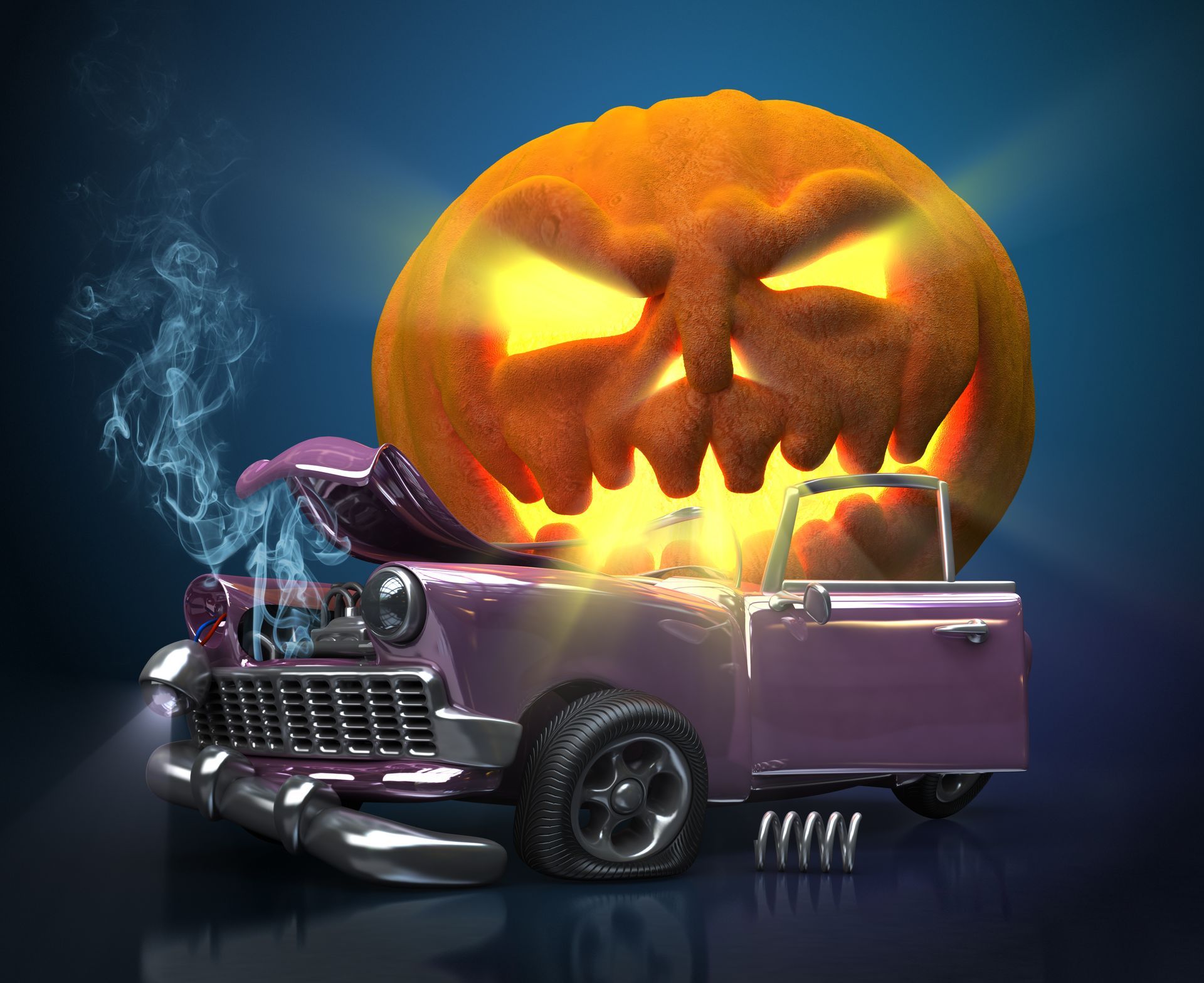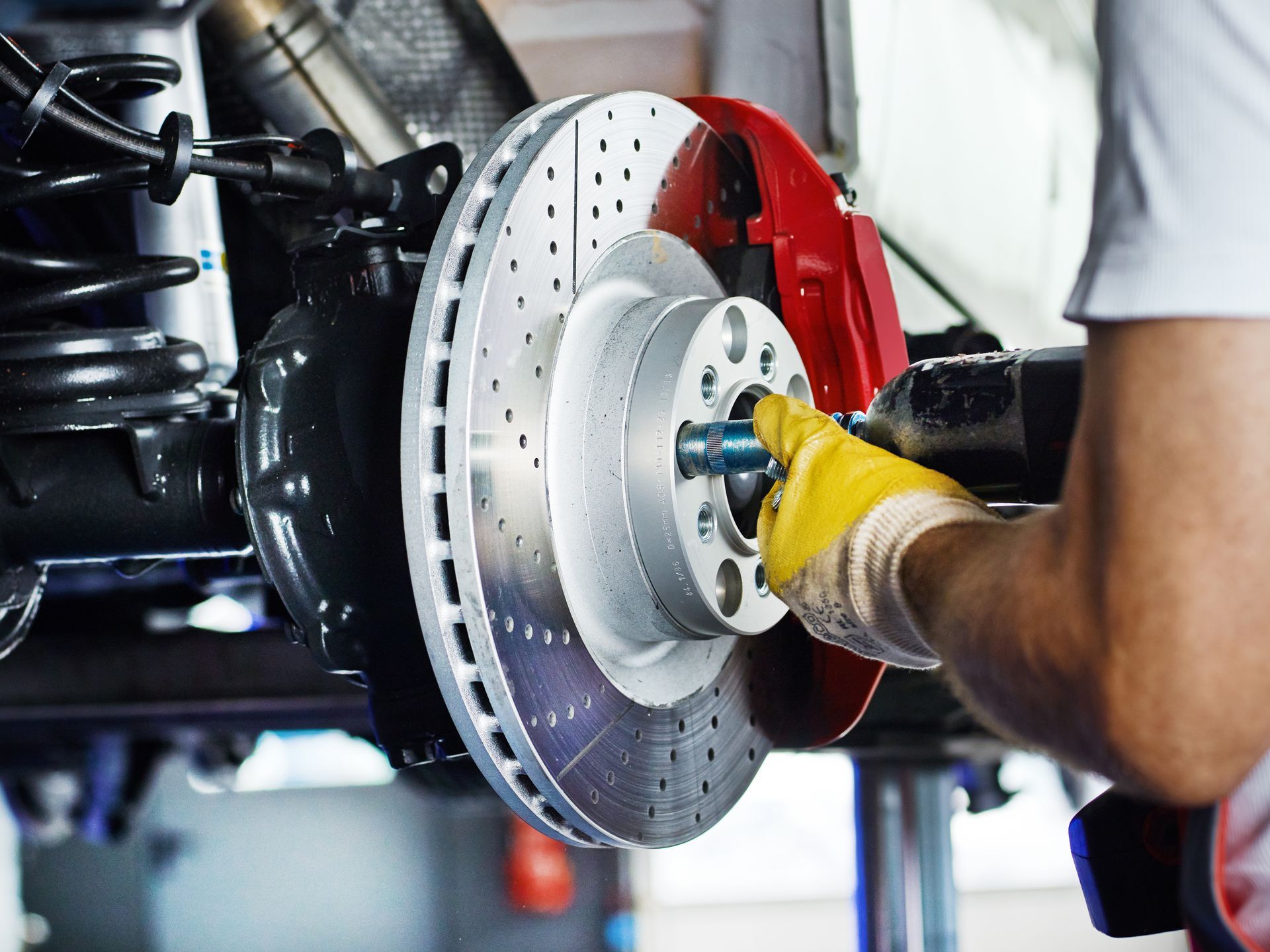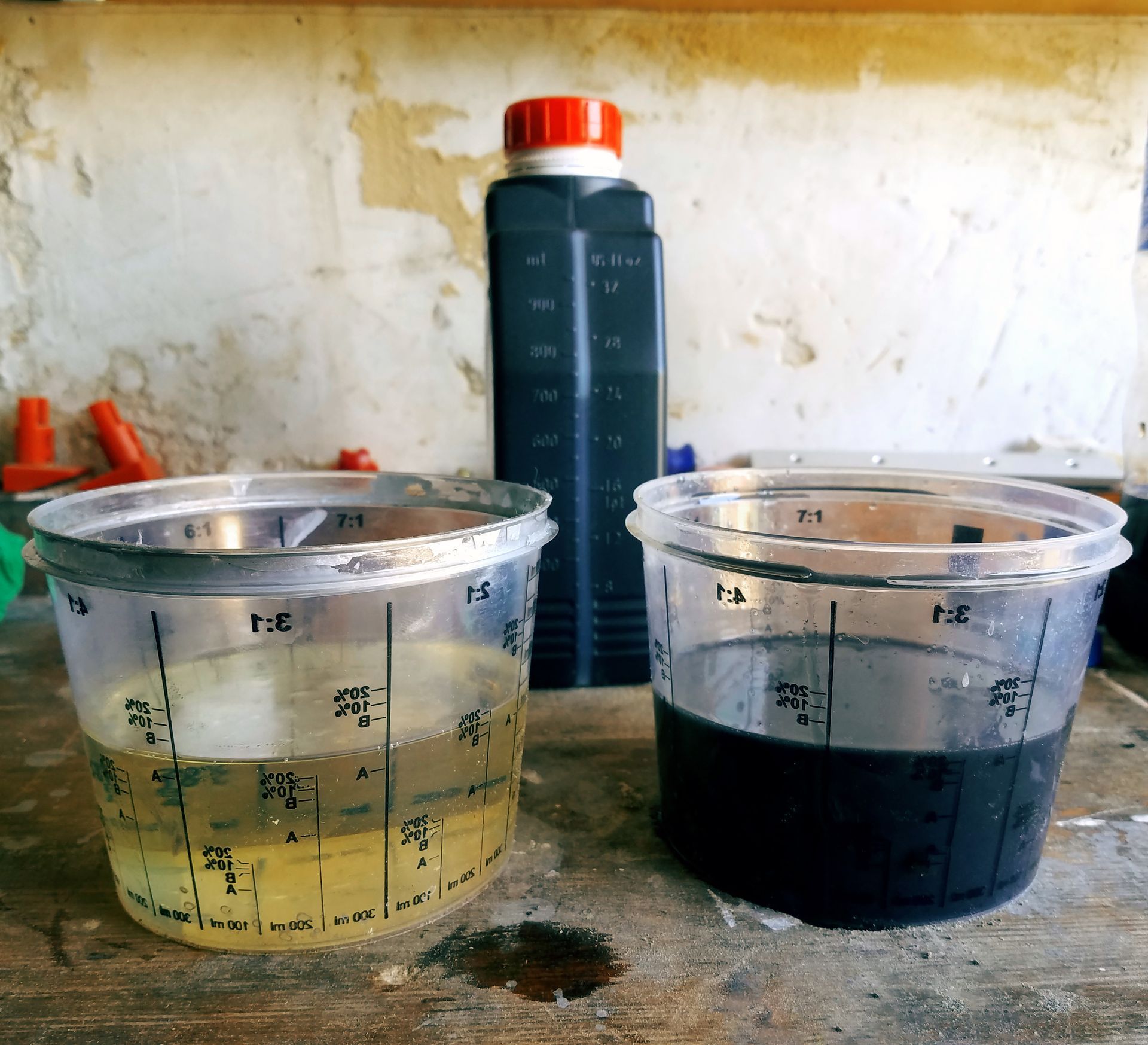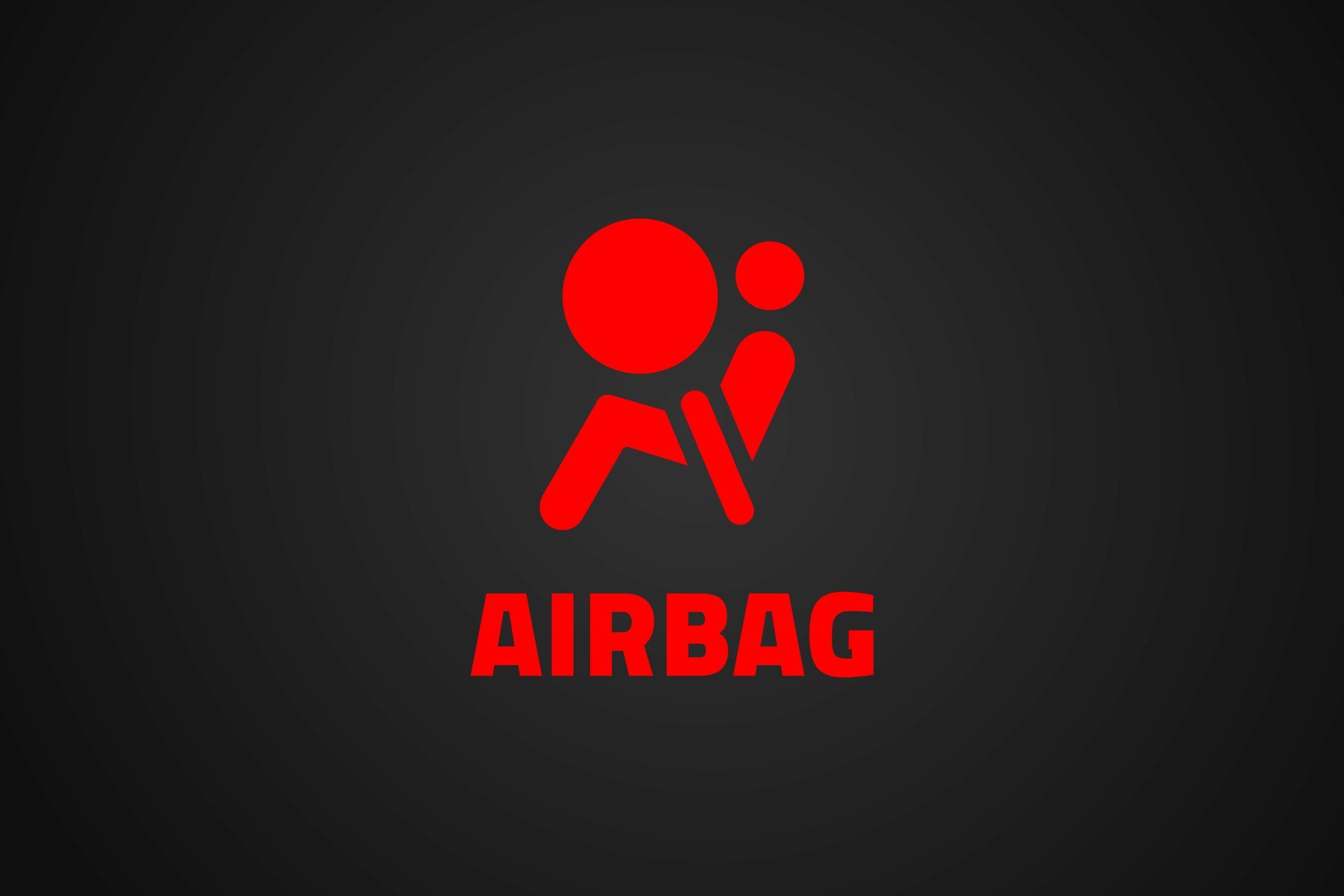Loading ...
Missing business hours data / Error occurred while getting the data.
Failed Your State Inspection? Here's How We Can Help!
January 31, 2025
Failing a state inspection can feel like a roadblock—literally. You’re ready to hit the road, but that rejection sticker brings your plans to a halt. If you’ve found yourself in this situation, don’t worry. A failed inspection isn’t the end of the road; it’s an opportunity to address the issues and get your vehicle back in compliance. Let’s explore what a failed state inspection means, the common reasons behind it, and how to get your car roadworthy again.
What Does a Failed Inspection Mean
A failed state inspection simply means your vehicle didn’t meet the required standards set by the state for safety, emissions, or both. These inspections are in place to ensure that vehicles on the road are safe to drive and aren’t causing unnecessary harm to the environment. Failing doesn’t mean your car is beyond repair—it just means there are issues that need attention before you can pass.
Common Reasons Vehicles Fail State Inspections
Understanding why your vehicle failed is the first step to fixing the problem. Here are some of the most common culprits behind a failed inspection:
1. Emissions Issues
If your car’s emissions system isn’t functioning properly, it can cause your vehicle to release pollutants beyond the state’s allowed limits. A faulty oxygen sensor, catalytic converter, or even a loose gas cap can trigger a failed emissions test. These problems are often manageable with the right repairs.
2. Brake Problems
Brakes are a critical component of any safety inspection. If your brake pads are too thin, your brake rotors are warped, or your brake fluid is low, it could lead to a failed inspection. Since brakes are essential for your safety, addressing these issues promptly is crucial.
3. Worn Tires
Your tires might seem like a minor detail, but they play a significant role in passing an inspection. Tires with low tread, visible damage, or uneven wear are likely to get flagged. Proper tire maintenance not only helps you pass inspections but also ensures better handling and safer driving.
4. Faulty Lights or Signals
Are all your lights working? Burned-out headlights, brake lights, or turn signals are common reasons for inspection failures. These are usually easy to fix, but they’re essential for road safety and compliance with state regulations.
5. Check Engine Light
If your check engine light is on, it’s a red flag during an inspection. The light could be caused by a range of issues, from simple sensor malfunction to more complex engine problems. Addressing this issue before your inspection can save you the trouble of failing.
How to Handle a Failed Inspection
Failing a state inspection might feel frustrating, but it’s entirely fixable. Start by reviewing the inspection report you received. This report will detail the reasons for the failure, giving you a clear roadmap of what needs to be repaired.
Once you understand the issues, take your vehicle to a trusted repair shop that specializes in inspections. We’ll assess the problem areas, recommend repairs, and ensure your car meets state requirements. After repairs are complete, you can do a re-inspection and get back on the road.
Why Choose Professional Help After a Failed Inspection
Addressing inspection failures isn’t just about fixing problems—it’s about ensuring your vehicle is safe, reliable, and compliant. A professional repair shop has the expertise and tools needed to diagnose and resolve issues quickly and effectively. Whether it’s fixing a tricky emissions problem or replacing worn-out parts, professionals can handle the job right the first time.
If you’re in Media, PA, failing a state inspection doesn’t have to disrupt your routine. With the help of a reliable repair shop, you can resolve issues promptly and keep your car in top condition.
Failed your state inspection? No worries!
Three Suns Auto Care in Media, PA, has the experience to fix the issues and get your vehicle ready for a re-inspection. Schedule your visit today!
Loading ...
Missing business hours data / Error occurred while getting the data.
Loading ...
Missing nap lines data / Error occured while getting the data.


